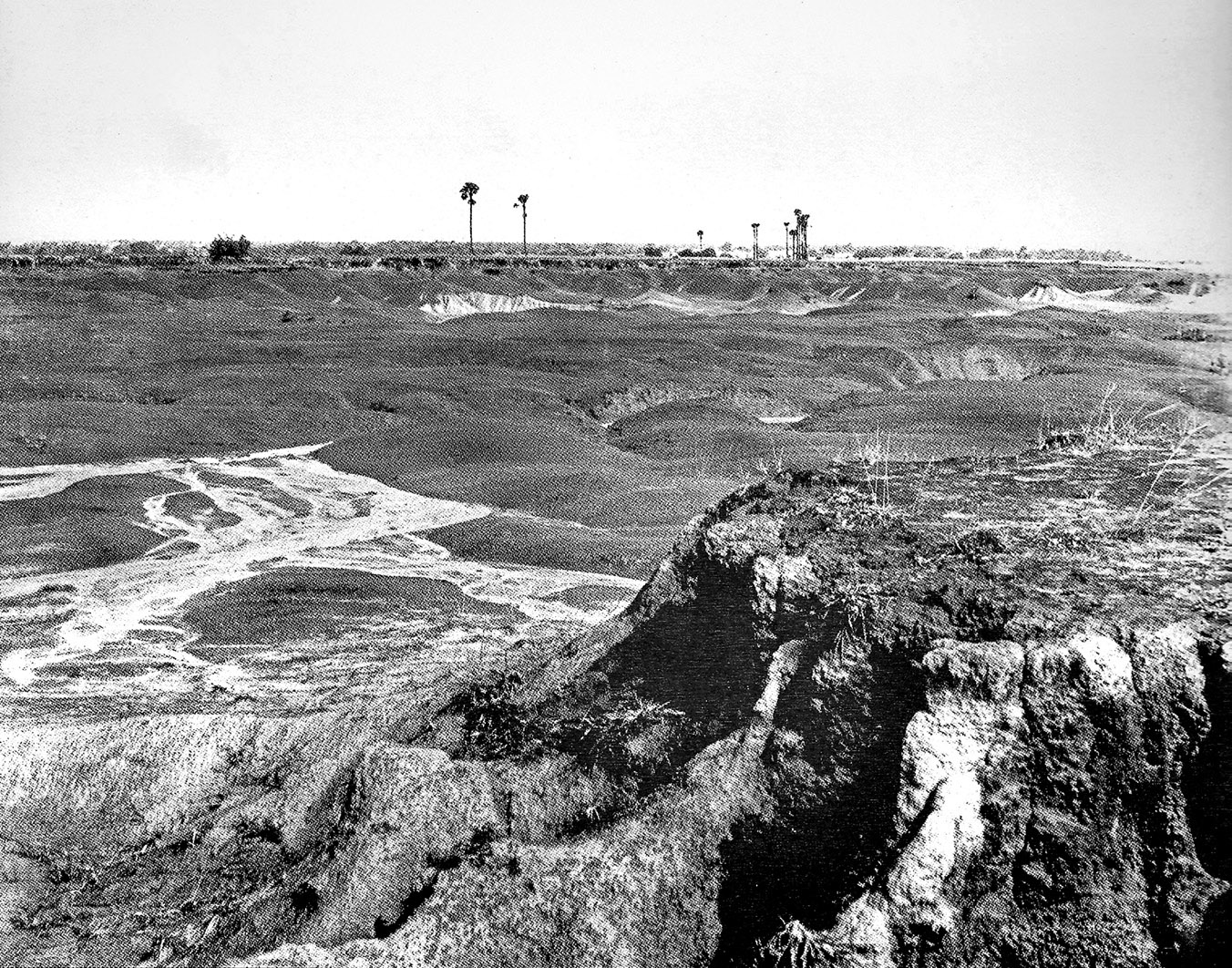| heritage & conservation
NEST OR PROPERTY
SOME REFLECTIONS ON SANTINIKETAN’S WORLD HERITAGE STATUS
Saptarshi Sanyal
LA 76 |
|
| Located amidst nature, Santiniketan’s history represents a dynamic, multi-scalar spatial imagination as a ‘nest’. In light of its new status as a World Heritage Site, instead of a rigid, partial, and reductive nature of the heritage framework, there is a need for a more inclusive understanding of the site’s cultural and spatial complexities.Bengaluru.
|
|
 |
|
Earlier this year, on 17 September [2023], Santiniketan was inscribed by UNESCO as a World Heritage Site [WHS], the forty-first from India. This status did not come by easily. It was a hard-won recognition resulting from the culmination of efforts begun in 2009 by the Indian government, heritage professionals even before that, a host of administrators and resource persons within and associated with Santiniketan, all of whom variously contributed to the protracted process. Located about 180 km north of Calcutta [now Kolkata], Santiniketan is prominently associated with the [first] Indian Nobel laureate Rabindranath Tagore, a multifaceted figure who was a prolific poet and thinker, essayist, educator, music composer, playwright, novelist, artist, and visionary advocate of rural reconstruction. Working with key Indian and global collaborators from the West and East attracted to his reputation and ideas, Tagore spent four decades from c.1901 until he died in 1941—almost the first half of the twentieth century—shaping Santiniketan’s environment and practices to foster highly experimental initiatives in education within what was then colonial India. Santiniketan’s historical significance therefore hardly invokes any doubt.
|
|


|
|

|
|
|
|
|